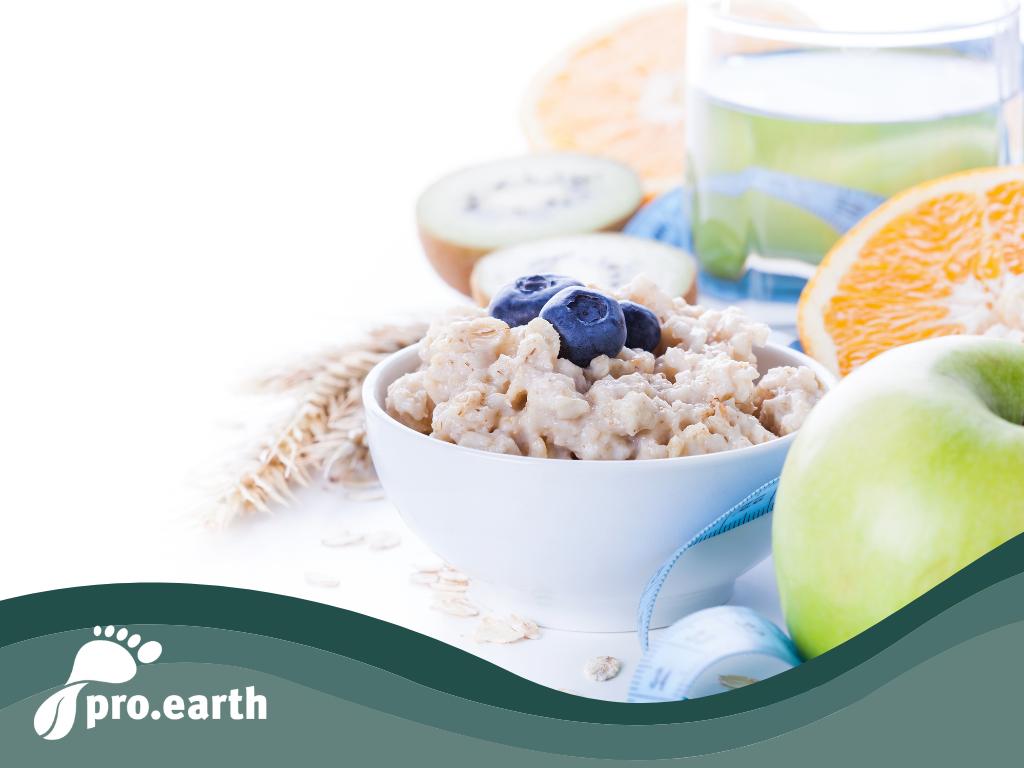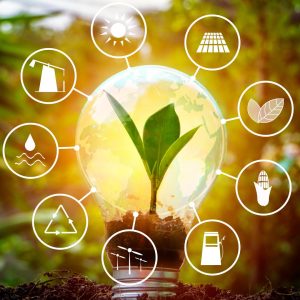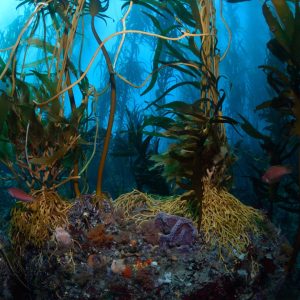Food of the future: how we will eat in 2050

New super plants, insects for dinner, vertical farming? What agriculture and food could look like in 2050.
Today, we can choose from almost 20,000 different products in the supermarket - never before in human history has there been a greater choice. However, climate change poses major challenges for producers, as droughts and floods are becoming more frequent. "Our food systems are becoming increasingly vulnerable," says agricultural scientist Dr. Martijn Sonnevelt, who works on interdisciplinary approaches to sustainable global nutrition at the World Food System Center at ETH Zurich. The health magazine "Apotheken Umschau" takes a look at the future of our nutrition.
Quinoa as an alternative to wheat, corn and rice
In view of the scarcity of agricultural land, vertical farming could help. Plants are cultivated in closed systems under artificial light, the light comes from LEDs and the plant systems can be stacked as high as required. Disused subway shafts, brownfield sites - vertical farming can take place in many places, even in cities. However, in view of high electricity prices and a mixed environmental balance, most seasonal products can still be produced more cost-effectively in greenhouses or outdoors.
Wheat, maize and rice are the three foods that provide around 40 percent of all calories worldwide - a dangerous dependency, warn agricultural scientists. One alternative could be plants that adapt well to a changing climate, such as quinoa. It can grow on saline soils, which are taking up an ever larger area. The plant concentrates the salt in small bubbles on its leaves and sheds it.
Smaller fish on the menu in future
Fish and seafood are also frequently on our menu. However, pure fishing has long been unable to meet this demand, and for around two years now, the proportion of fish from aquaculture has been greater than that caught in the wild. The popular farmed salmon will still be around in 2050, but experts predict that only the rich will be able to afford this fish. According to the health magazine "Apotheken Umschau", the trend in the coming years will therefore be towards smaller fish that are lower in the food chain, have a plant-based diet and do not have to be fed with fishmeal.
And what about insects as food? So far, the new meat suppliers are still meeting with rejection among the population. Many people find the idea of eating insects disgusting. But that could change. Agricultural scientists are predicting that insect proteins will become more important in our diet in the future. They are calling for people to overcome their disgust at insect meal - after all, we also eat chopped offal in purified sheep intestines, i.e. sausage. So far, however, foods enriched with insect protein are rarely found in the supermarket.






